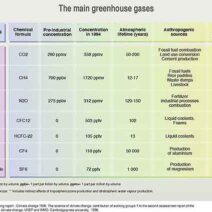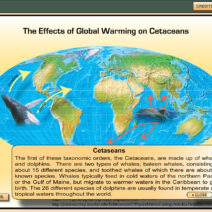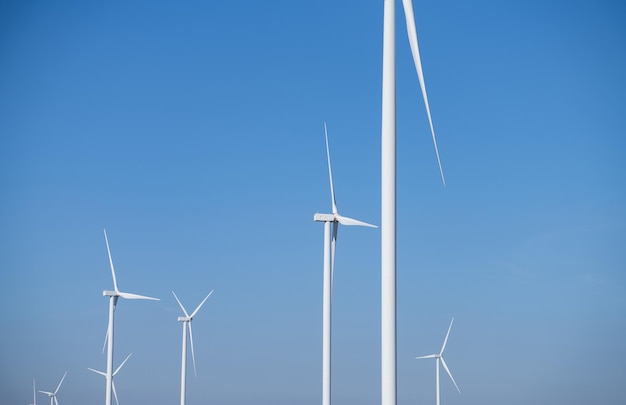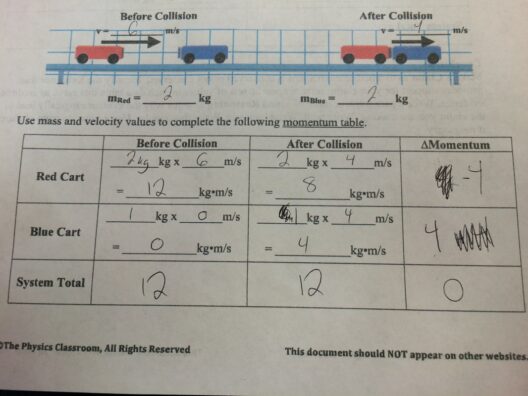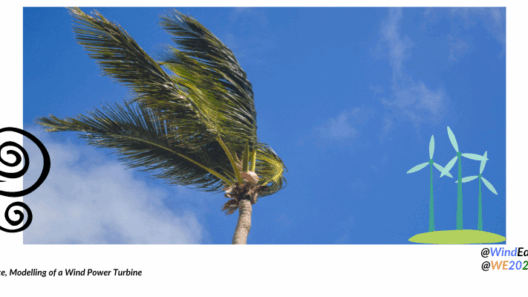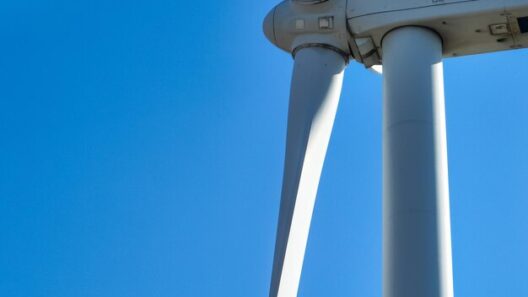The pursuit of renewable energy sources has never been more urgent, as the implications of climate change continue to impact ecosystems worldwide. Among the leading contenders in the transition to sustainable energy is wind power. This energy source harnesses nature’s elemental forces, converting kinetic energy from wind into electricity. However, a pressing question persists: Is wind power genuinely renewable? This discussion delves into the attributes of wind power, its sustainability, and its integral place in the global energy landscape.
The essence of renewable energy lies in its ability to be replenished naturally within a human timescale, ensuring continuous availability. Wind power, derived from the movement of air caused by solar radiation and the Earth’s rotation, aligns perfectly with this criterion. Unlike fossil fuels, which are finite and deplete with extraction, wind is omnipresent and inexhaustible as long as the sun shines.
Transformed into an electricity-generating mechanism via wind turbines, this energy source operates in a harmonic cycle that mirrors natural processes. Solar energy heats the Earth’s surface unevenly, engendering wind patterns that can be captured by state-of-the-art wind turbines, translating air currents into much-needed electrical power. Thus, it is conclusively established that wind power embodies the fundamental tenets of renewable energy.
Beyond its renewable status, the sustainability of wind power rests upon various pillars, each scrutinized to reveal its long-term viability and ecological impact. One must consider economic, environmental, and social dimensions to attain a comprehensive perspective on wind energy.
An Economic Perspective: The Viability of Wind Power
Wind power has emerged as one of the most cost-effective forms of energy generation over recent years. The levelized cost of electricity (LCOE) from wind has markedly decreased due to technological advancements, thus rendering it competitive with traditional energy sources, including coal and natural gas. The initial capital investment in wind farms—often substantial—pays dividends in the long run, as wind requires minimal operational input compared to conventional power plants.
Job creation within the wind power sector is another compelling argument for its economic productivity. Wind energy has cultivated a burgeoning industry that not only generates jobs in manufacturing and installation but also fosters local economies through infrastructure development and maintenance. The transition to wind power can lead to energy independence for communities, significantly reducing reliance on imported fossil fuels.
From the economic lens, transitioning to wind energy is a prudent strategy that mirrors the pressing need for financial resilience in the face of fluctuating fossil fuel prices and geopolitical tensions. Sustained investments in this sector can catalyze a global shift towards renewable energy dominance.
Environmental Advantages: A Cleaner Future
While the economic implications of wind power are compelling, the environmental advantages provide an even stronger impetus for its adoption. The quintessential hallmark of wind energy is its negligible emissions; wind turbines generate electricity without releasing greenhouse gases or air pollutants. In an era marked by spiraling climate-related natural disasters, transitioning to cleaner energy sources is imperative for mitigation efforts.
Moreover, wind power contributes to reducing water usage—a critical issue in energy generation. Traditional energy sources like coal and natural gas require significant water consumption for cooling and processing. In stark contrast, wind power operates on a closed-loop system, using little to no water during its energy generation process, thus safeguarding water resources for other crucial uses.
However, it is vital to acknowledge that, like any energy source, wind power does present certain environmental challenges. The construction of wind farms may disrupt local ecosystems and bird migrations. Therefore, meticulous site assessment and impact studies are essential in ensuring that wind installations are optimally placed to minimize environmental footprints. Adaptive solutions, such as innovative turbine designs that reduce avian fatalities, are imperative in balancing energy needs with ecological preservation.
Social Considerations: Community Engagement and Acceptance
The social dimensions of wind power cannot be bypassed. The successful deployment of wind energy hinges upon community engagement and public acceptance. As with any transformative energy project, local stakeholders must be involved in the planning process to address concerns and mitigate opposition. Wind power can become a source of pride for communities when they recognize its potential to enhance their energy security, foster economic opportunities, and combat climate change.
However, opposition often arises due to concerns about noise, visual impact, and land use. Transparent communication, thorough community education, and participatory projects can assuage fears and foster local advocacy for wind energy. Partnerships between project developers and community members can create a social fabric wherein wind power becomes synonymous with collective benefit.
Conclusion: Wind Power as a Pillar of Sustainable Energy
Ultimately, wind power stands as a quintessential example of renewable energy and a potent ally in humanity’s fight against climate change. Its ability to provide clean, affordable, and abundant energy is underscored by its economic, environmental, and social benefits. Embracing wind energy is not merely a choice but a collective responsibility—one that will ensure a sustainable future for generations to come. As society grapples with the complexities of environmental degradation, wind power offers an auspicious pathway towards a greener, more resilient world.
